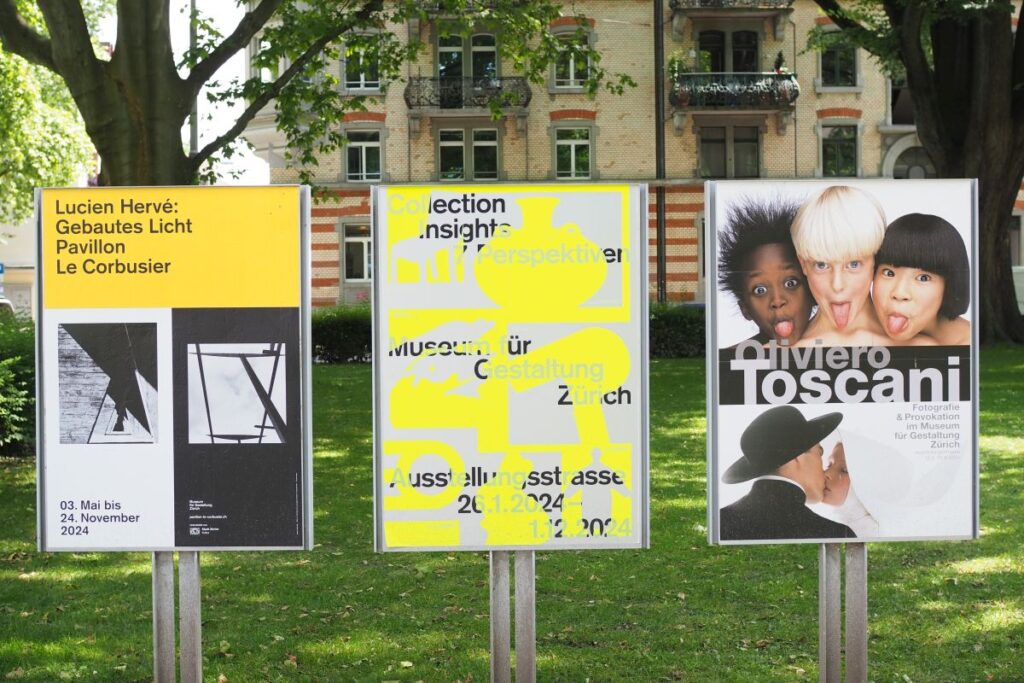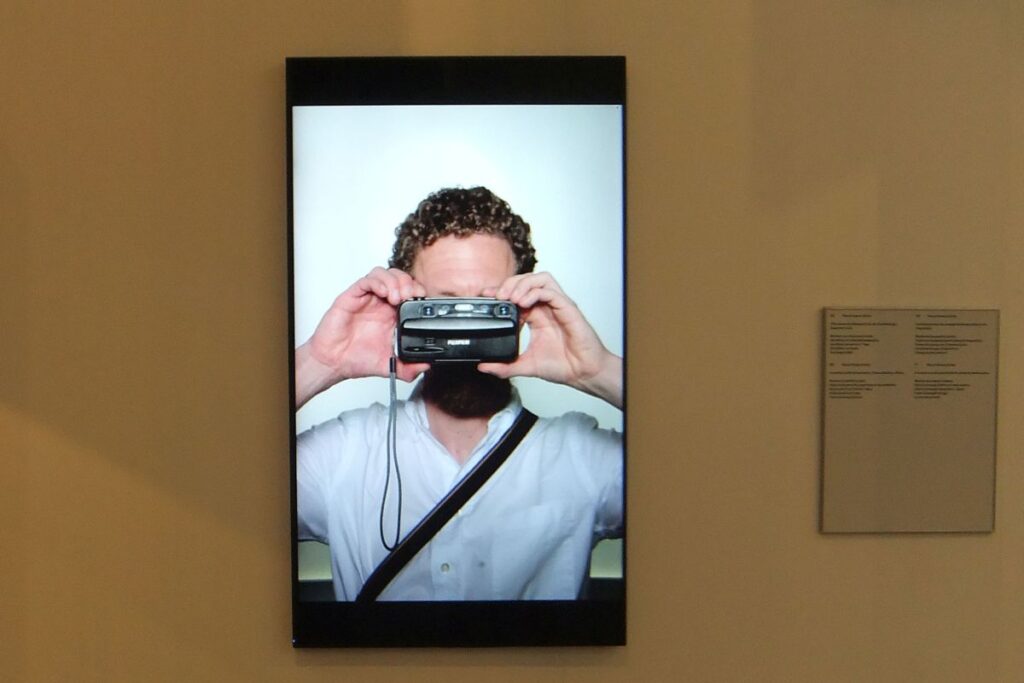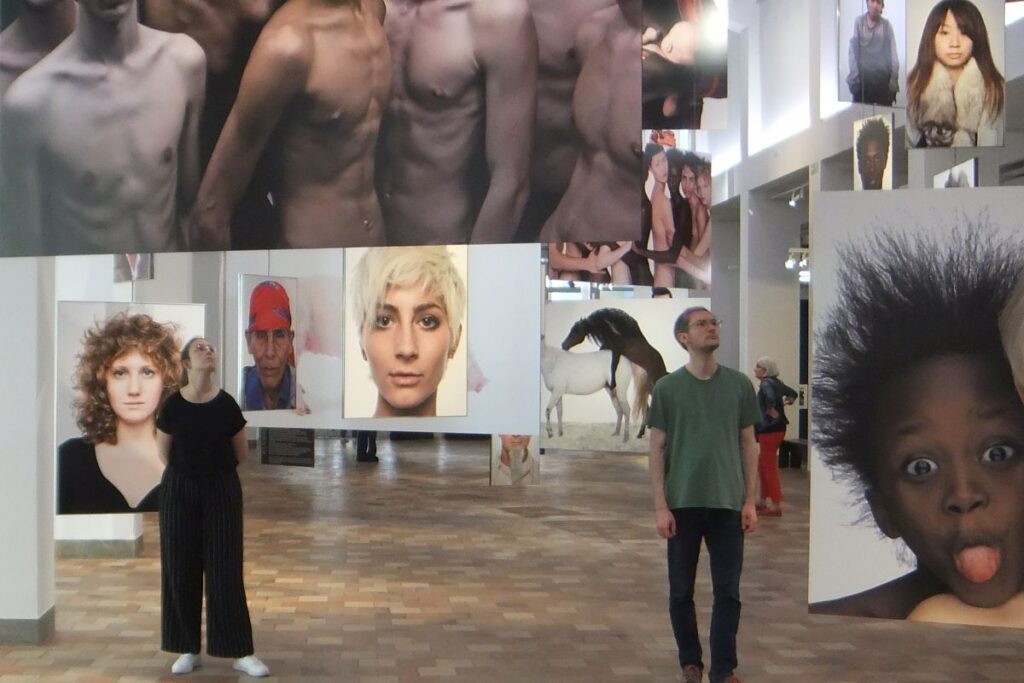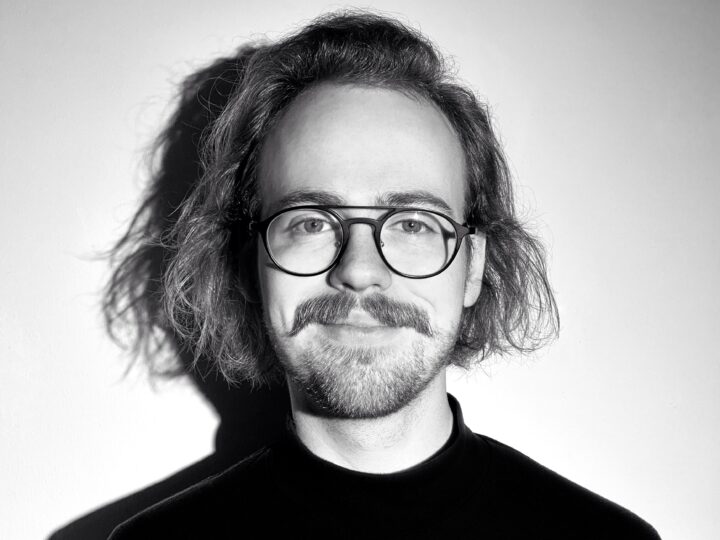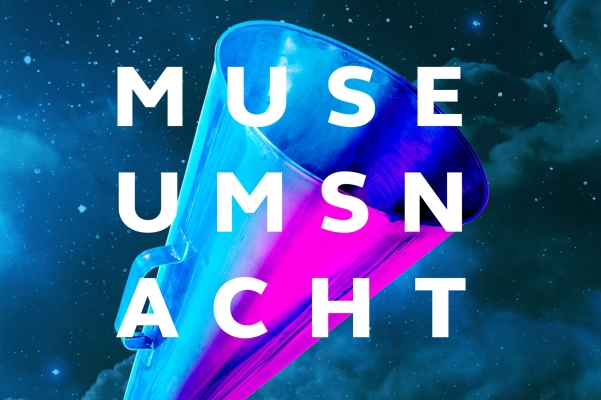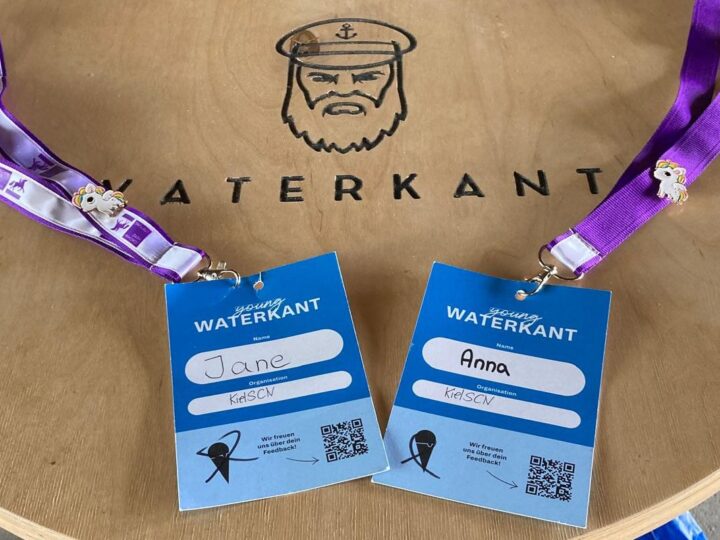Conference Visit to Zurich
Science Communication in the Age of Artificial Intelligence
On June 6 and 7, the conference “Science Communication in the Age of Artificial Intelligence” took place at the University of Zurich. Around 100 participants from science communication research and practice came together to present and discuss current developments in the field of generative AI. Björn Döge, Jane Martha Momme, Stephan Reiche and Lisa Reiche traveled to Zurich as participants on behalf of KielSCN. Consistently relevant topics on both days of the event were, for example, the public perception of AI and the question of how trust in AI can be increased.
A PhD workshop was held on June 5 in the run-up to the conference. KielSCN PhD student Jane Martha Momme took part and presented her research. In addition to the opportunity to network, the workshop was an excellent opportunity to receive valuable feedback on your own research.
AI Discourse in the Media, Public Perception as well as the Opportunities and Risks of AI
After a brief welcome, the conference began with a keynote speech on communication and the creation of public trust in AI-supported applications. This was followed by a wide-ranging program that highlighted very different aspects of the interplay between artificial intelligence and science communication. For example, the panels dealt with AI discourses in various news media, the question of standards for communication about and with AI, as well as ideas and the public perception of AI.
In addition to the dangers of manipulated images or “fake” experts, for example in videos, the participants also talked about the possibilities and opportunities: for example, can we use AI-generated images to communicate future climate scenarios? Can AI avatars help us communicate? And are programs like ChatGPT the employees of the future in science communication?
During the panel discussion “Linking Science Communication Research and Practice in the Age of AI”, the participants discussed the similarities and differences between science communication research and practice. They also addressed the question of how the two areas can be linked.
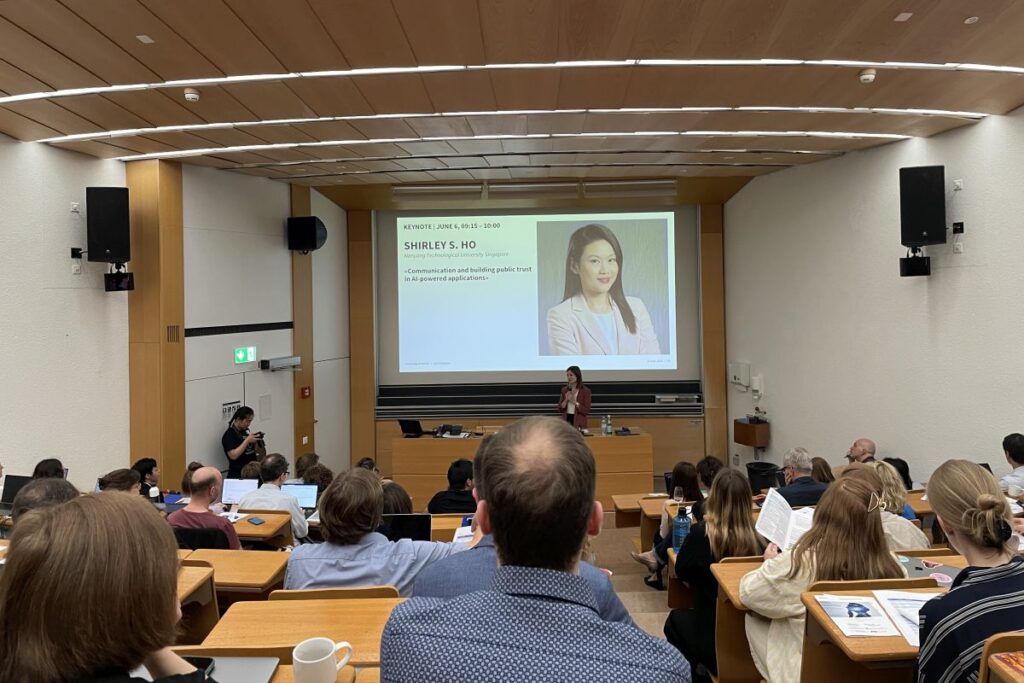
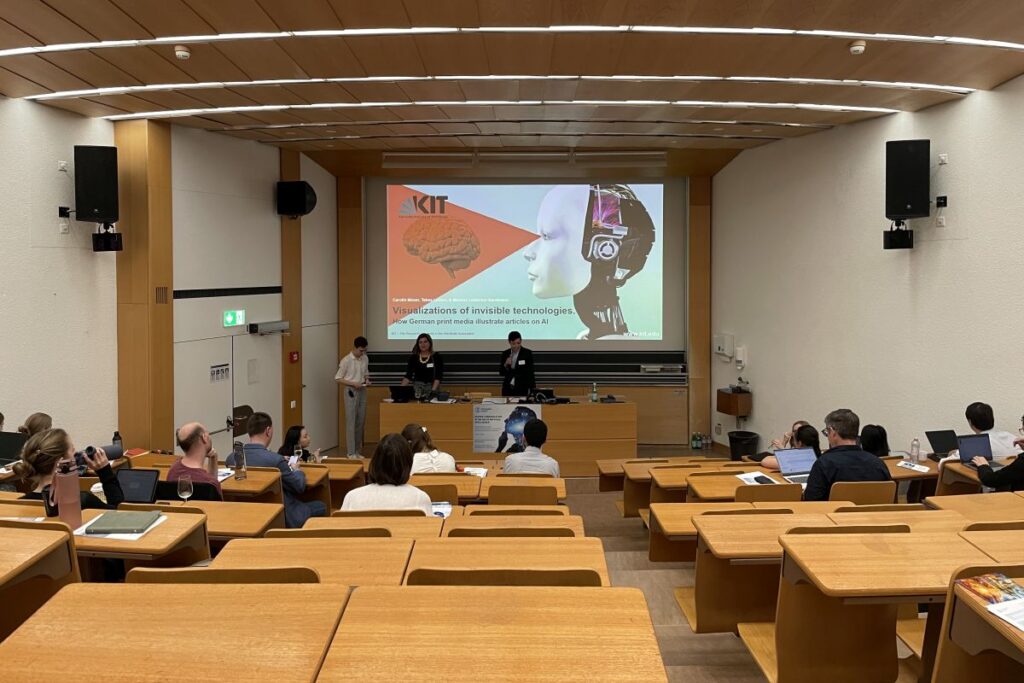
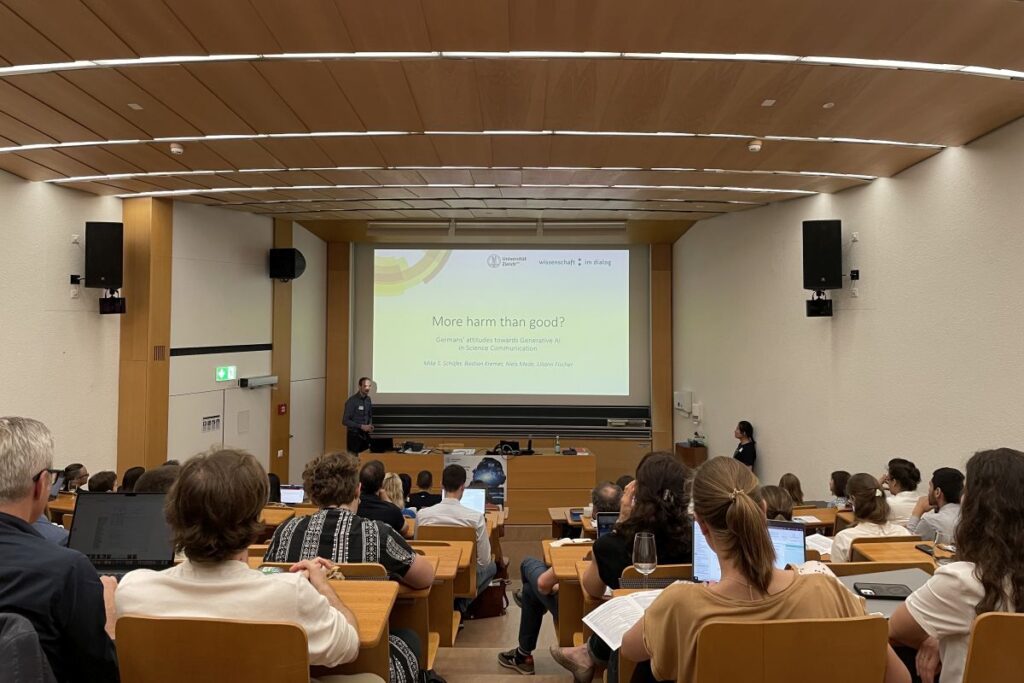
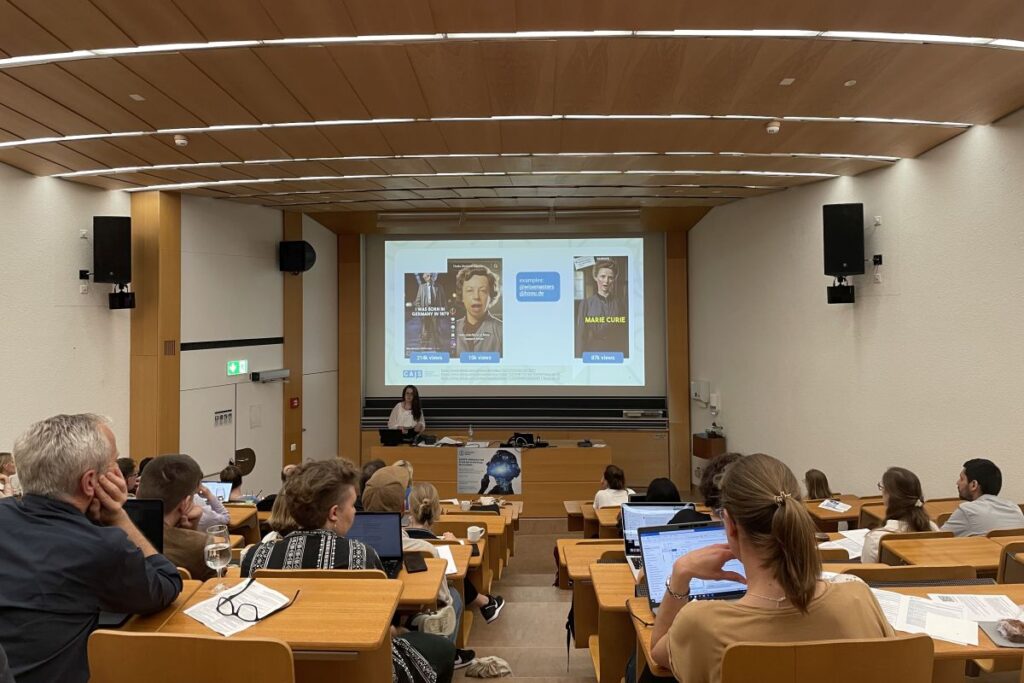
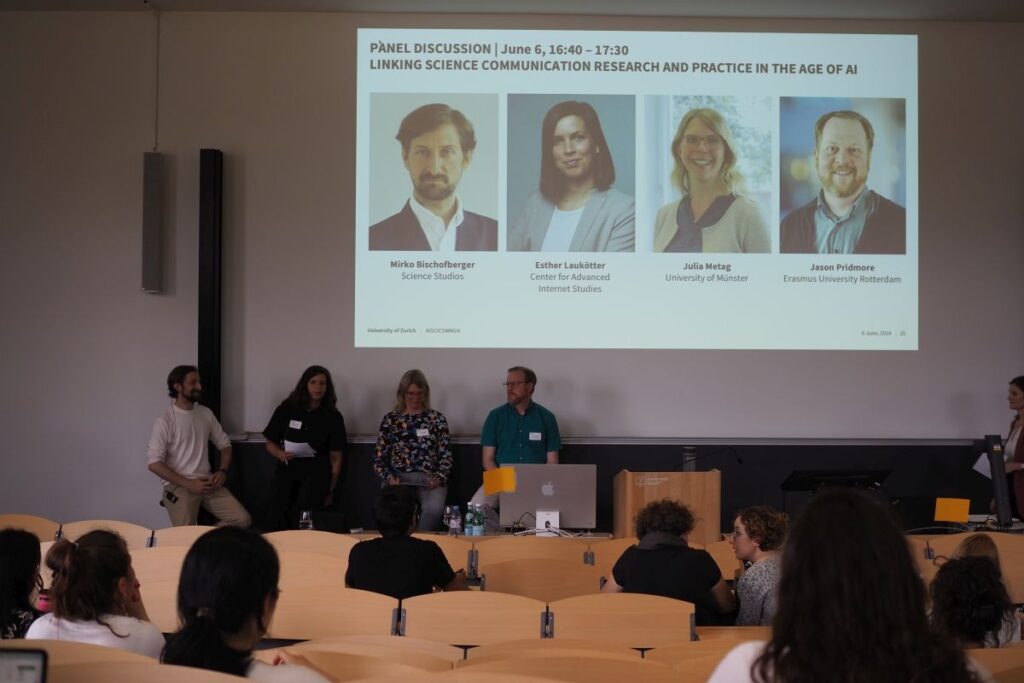
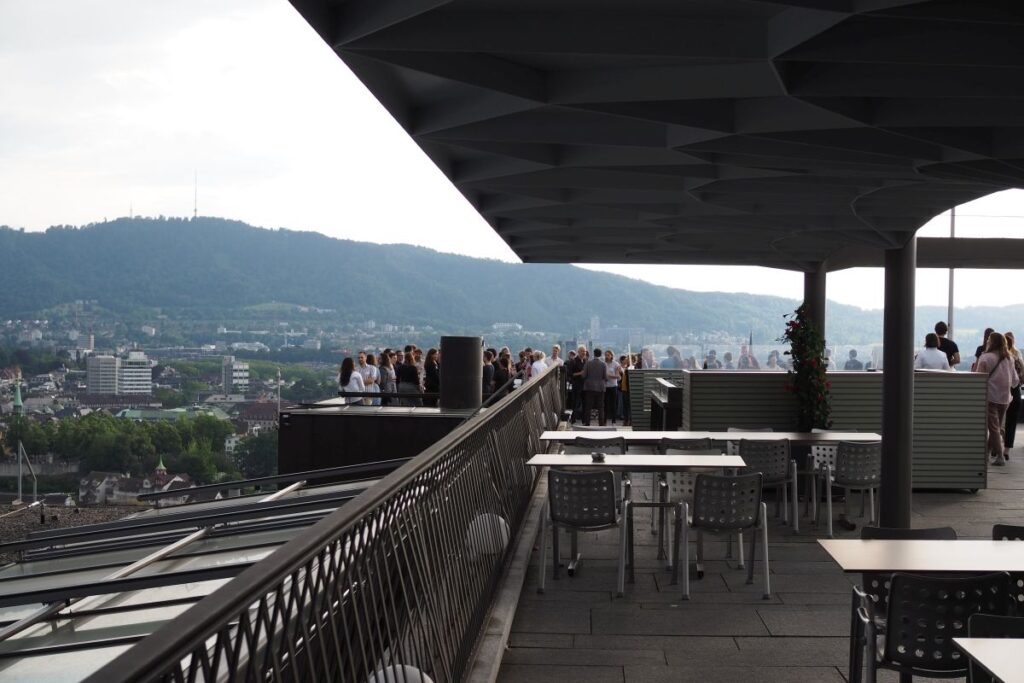
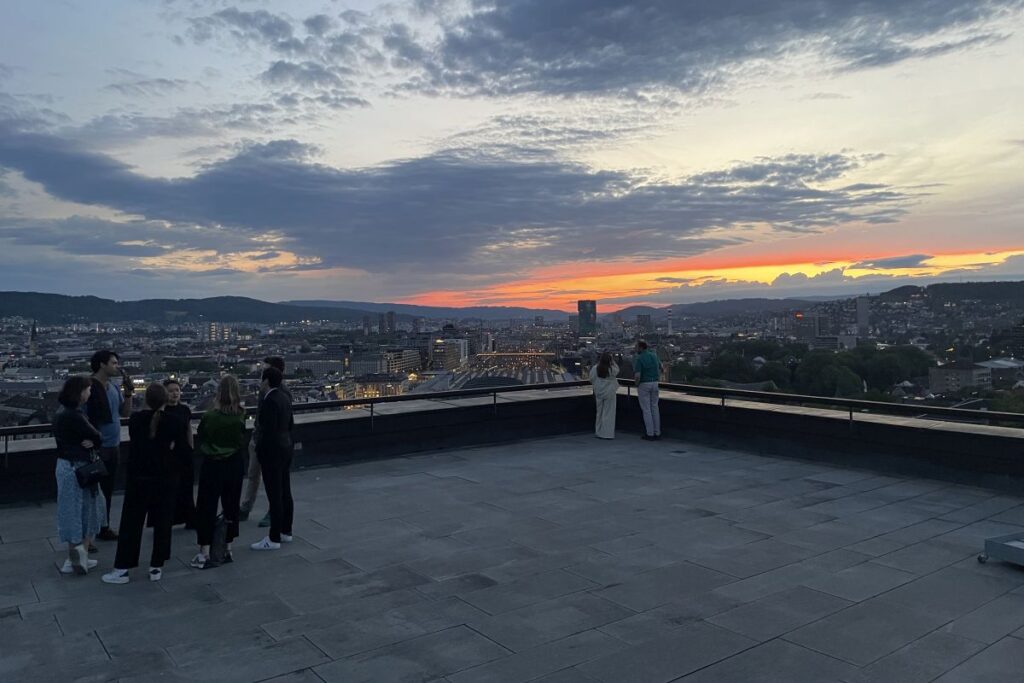
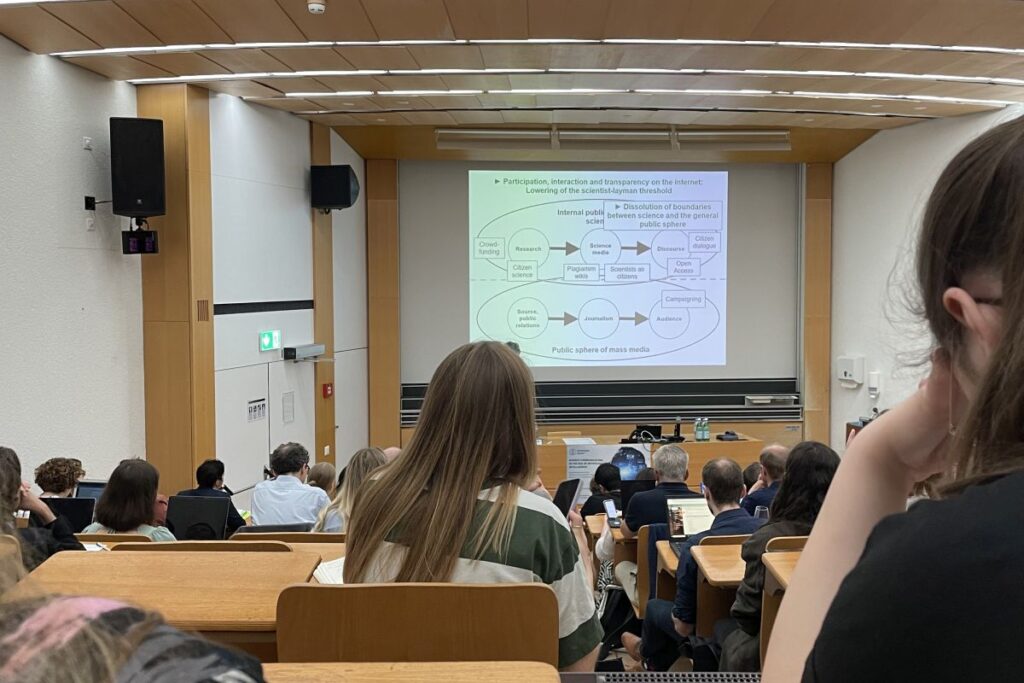
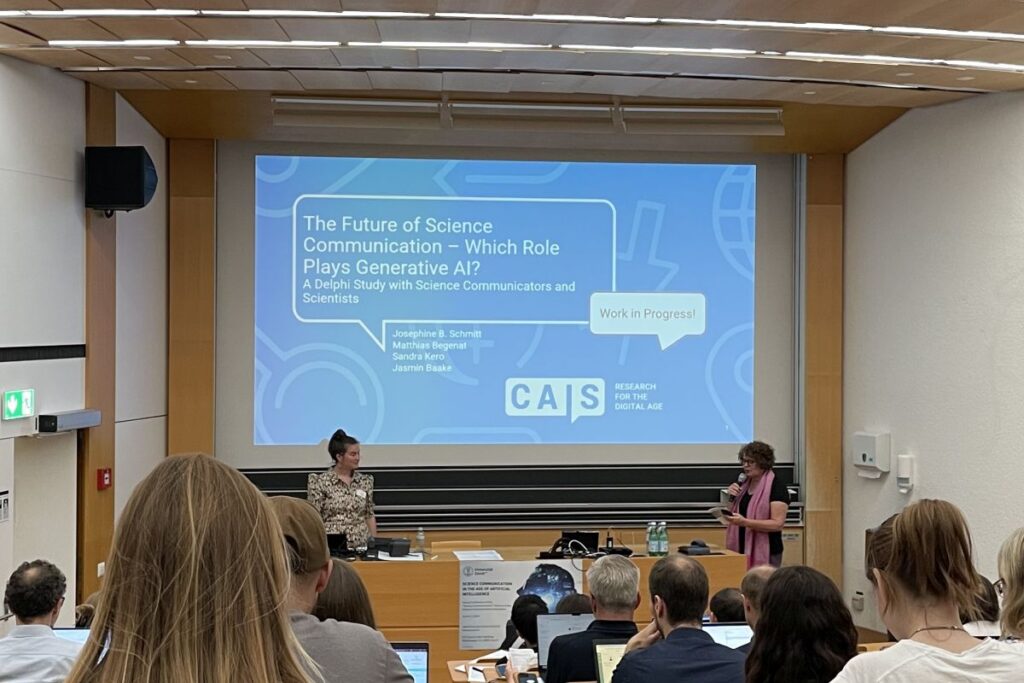
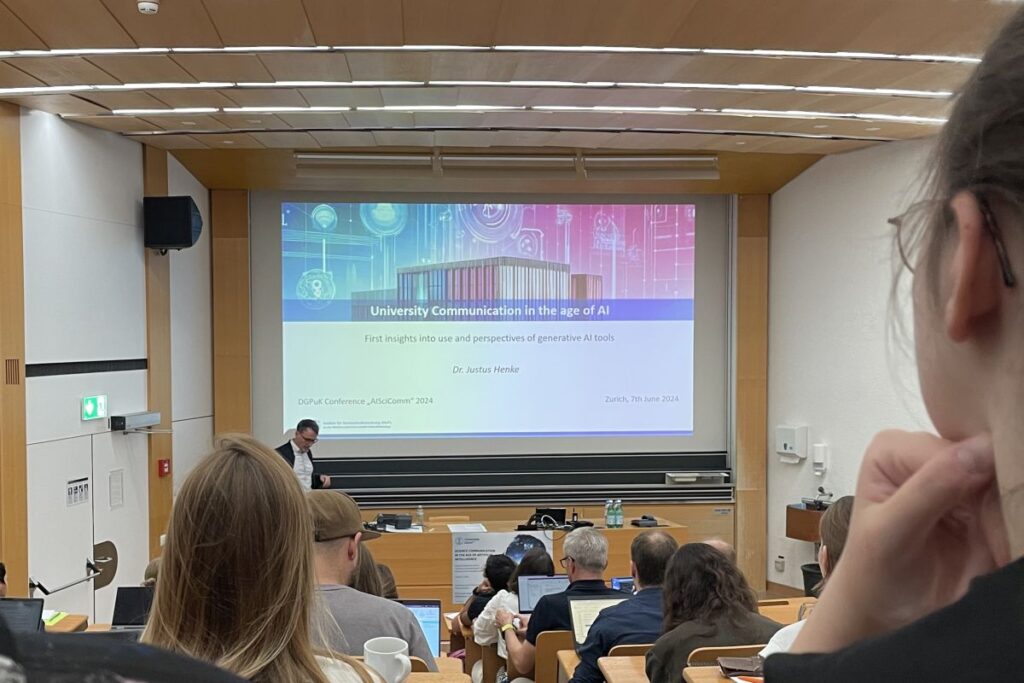
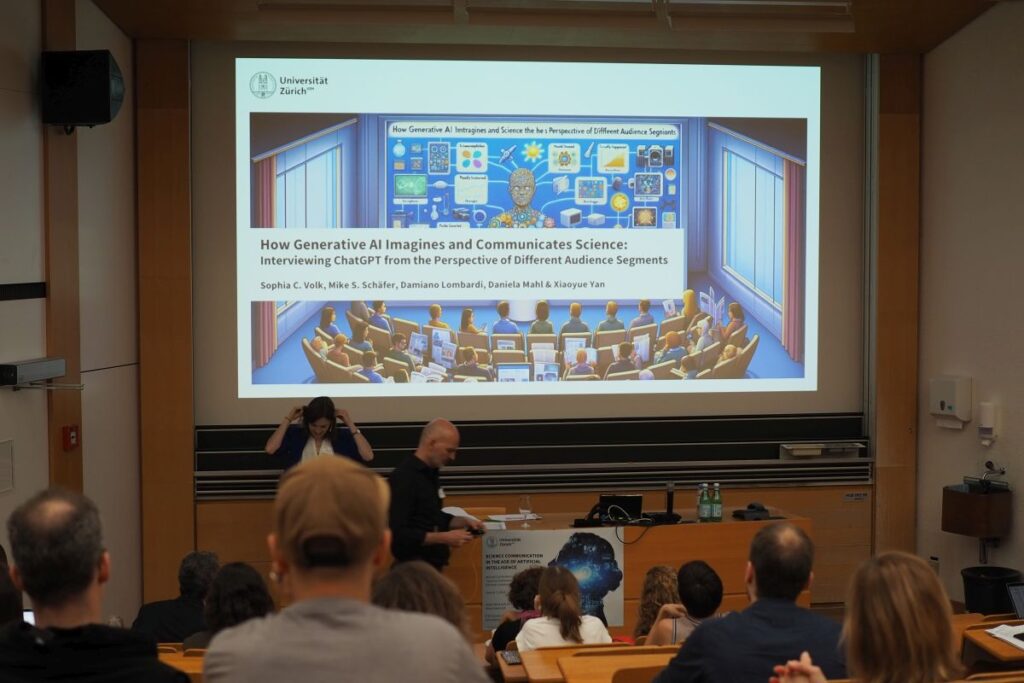
Conclusion of the Conference Participants
The interaction between humans and AI, the public perception of AI and the perceived trustworthiness of such technologies in various contexts played a dominant role in the research projects presented. While research is currently focusing primarily on generative AI in studies, attention must also be paid to ensuring that other forms of AI are not neglected. In addition, so far there have mainly been studies that use the familiar qualitative and quantitative research methods. In contrast, there are hardly any studies on potential future trends or forecasts.
For the KielSCN, some projects also revealed exciting synergies and points of contact. In addition to the lecture program, the breaks and the joint evening events offered sufficient time for exchange and networking.
Visit to the Museum of Design
The KielSCN team also used their stay in Zurich to visit the Museum für Gestaltung. Here they were able to marvel at an exhibition by Oliviero Toscani, in which visitors can immortalize themselves with a portrait taken in a kind of photo box on a large display. Of course, this had to be implemented immediately.
